 While exploring esoteric topics, sooner or later you’ll find the works of Edgar Cayce. Jeanne Dixon believed, “Edgar Cayce was clearly one of the most remarkable psychics who ever lived.”
While exploring esoteric topics, sooner or later you’ll find the works of Edgar Cayce. Jeanne Dixon believed, “Edgar Cayce was clearly one of the most remarkable psychics who ever lived.”
Cayce is known for his work with healing people and for giving past-life readings. Gina Cerminara says the significance of Cayce’s work is two-fold. One, for the first time in the Western world, specific, well-defined accounts were given of the presumed past lives of many individuals. Second, these accounts were kept in record form available for anyone to read.
I would add that Cayce was ahead of his time. He did past-life readings at a time when reincarnation wasn’t talked about or accepted in the Western world. He pioneered all the research in this field that followed.
Many Mansions begins with the story of Edgar Cayce. Cayce was born in 1877 in Kentucky and went to school until ninth grade. When he was twenty-one, he was afflicted with laryngitis and lost his voice. All medications proved ineffective and none of the doctors he consulted could help. After a year a hypnotist named Layne suggested that Cayce describe the nature of his ailment under hypnosis. Cayce allowed himself to be hypnotized and was able to suggest a cure. The suggestion worked and his voice returned. Layne did a further experiment and asked Cayce for a cure to his (Layne’s) stomach ailment. Cayce described the condition of Layne’s body and suggested a treatment which worked once again.
This led to Cayce giving diagnoses to the townspeople in his spare time. He knew nothing of medicine, but his diagnoses were accurately and medically phrased. Many people were helped by what he told them. Cayce then began to be contacted by people long distance for readings based only on their name and their exact location at the time of the reading.
 Cayce, a religious, Christian man, was filled with doubt about his abilities, but his doubts dissolved as he cured people who were considered incurable. He never charged for his services except sometimes for transportation to go to a patient.
Cayce, a religious, Christian man, was filled with doubt about his abilities, but his doubts dissolved as he cured people who were considered incurable. He never charged for his services except sometimes for transportation to go to a patient.
For twenty years Cayce helped thousands of people before the next step in his career. In 1923, he was asked to do a horoscope and he ended the session with “he was once a monk.” (p. 26) This led to Cayce doing “life readings.” People wrote to him about a current problem and Cayce would connect it with several past lives that led to the problem or condition.
Cayce’s skill as a clairvoyant probably came from his own past life. “Life readings on Cayce himself revealed that he had been a high priest in Egypt, many centuries ago, who was possessed of great occult powers; but self-will and sensuality proved his undoing.” (p. 28) In this current life, Cayce had a chance to serve man selflessly and balance his flaws from the past.
Cayce struggled with the idea of reincarnation since it didn’t fit with his Christian background, but his friend pointed out passages in the Bible that referred to reincarnation. One such passage was where Christ told his disciples that John the Baptist was a reincarnation of Elias. (Matthew 17:12-13) (p.32)
The obvious question that arises from these readings was: “Where is this information coming from?” (p. 42) Cayce said, while in a hypnotic trance, that one source was the unconscious mind of each individual. The other source was the Akashic Records. Cayce, while in hypnotic trance, said, “Akasha is a Sanskrit word that refers to fundamental etheric substance of the universe, electro-spiritual in composition. Upon this Akasha there remains impressed an indelible record of every sound, light, movement, or thought since the beginning of the manifest universe. The existence of this record accounts for the ability of clairvoyants and seers literally to see the past . . .” (p. 42)
Cayce thought this idea was strange but suspended his judgment for a long time. “In any event, the life readings that Cayce gave, and their astonishing demonstrable validity, remain a fact, regardless of what their ultimate source may have been.” (p. 44)
Cayce gave 2,500 life readings in 22 years. While the readings revealed that their problems came from several past lives, it also showed what caused their disease or condition. This knowledge helped people transform their lives.
These reading explained the law of cause and effect that governs the physical world. “Human suffering, they make clear, is due not merely to materialistic mischance, but rather to errors of conduct and thinking . . . All pain and all limitation have an educative purpose.” (p. 46)
This law of cause and effect is called karma. Ultimately, we are responsible for our attitudes and conduct no matter what our circumstances.
An example of a life reading Cerminara gives in the book is of a college professor who was born blind. He contacted Cayce for a physical reading and gained some improvements in his health, including gaining ten percent vision in his left eye. His life reading outlined four previous incarnations: one in the Civil War period, one in France in the Crusades, one in Persia about 1000 BC and one in Atlantis. “It was in Persia that he had set in motion the spiritual law which resulted in his blindness in the present. He had been a member of a barbaric tribe whose custom it was to blind its enemies with red-hot irons, and it had been his office to do the blinding.” (p. 49) He had a cruelty within himself and that was what generated the karma.
Cerminara studied Cayce’s files for two years and analyzed her findings after interviewing many people who received readings. Some chapters you might find especially interesting are “Problems of Health,” “Parents and Children,” “Marriage and the Destiny of Women,” and “Past-Life Origin of Vocational Competence.” In these chapters we see how a person’s current life is created from their past lives. The people we know in this life are usually ones we have known before in another life, such as our spouses, children, siblings, parents, and friends. Sometimes we have karma to work off or a previous love bond may exist with them.
In the chapter on vocations, Cayce states that a person should strive to serve others in their vocational choice. “Service to others is the highest service to God.” (p. 223)
In the chapter called “Miscellaneous Aspects of Karma,” Cerminara says that life difficulties are always an opportunity for spiritual growth. “Karma is a precise law, to be sure; but its purpose is to give the soul an opportunity to bring itself back into alignment with the cosmic truth of being.” (p. 261)
Cayce sometimes used the phrase “You are meeting yourself” when he did a reading. He was referring to a mirror-like quality about karma. Everything we do comes back to us, whether it is an act of kindness or selfishness. Whatever state we are in is the effect of the causes we have set in motion and every experience is necessary for our spiritual growth. “Know that in whatever state you find yourself—of mind, of body, of physical condition—that is what you have built, and is necessary for your unfoldment.” (p. 277)
In his introduction to the book, Edgar Cayce’s son, Hugh Lynn Cayce states that Many Mansions is the best book in print on reincarnation and karma. People who reviewed the book online said such things as, “This book is still one of the foremost revelations of my life” or “I consider it (Many Mansions) to be the most important single work I have ever read.”
Cerminara summarizes: “To the person who can accept it, reincarnation offers a purpose of living, a pole-star by which to travel, and an assurance that he is not lost in a meaningless chaos of forces over which he has no ultimate control.” (p. 286)
If you’re interested in learning more about reincarnation and karma, you will find Many Mansions a fascinating study that may change the way you look at the meaning and purpose of life.
share this:











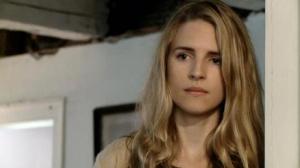








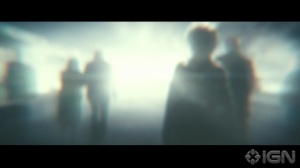
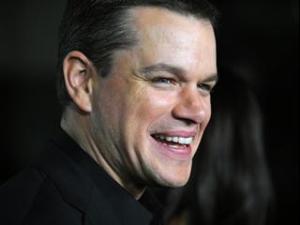
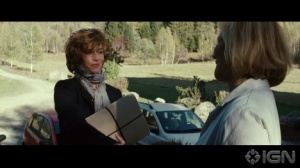





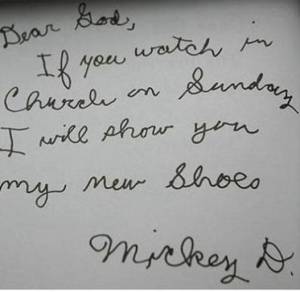

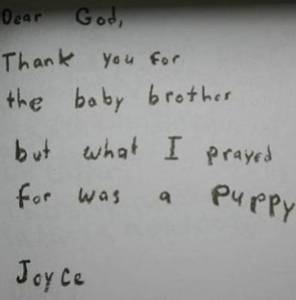





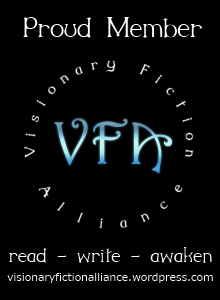
Recent Comments